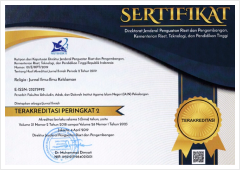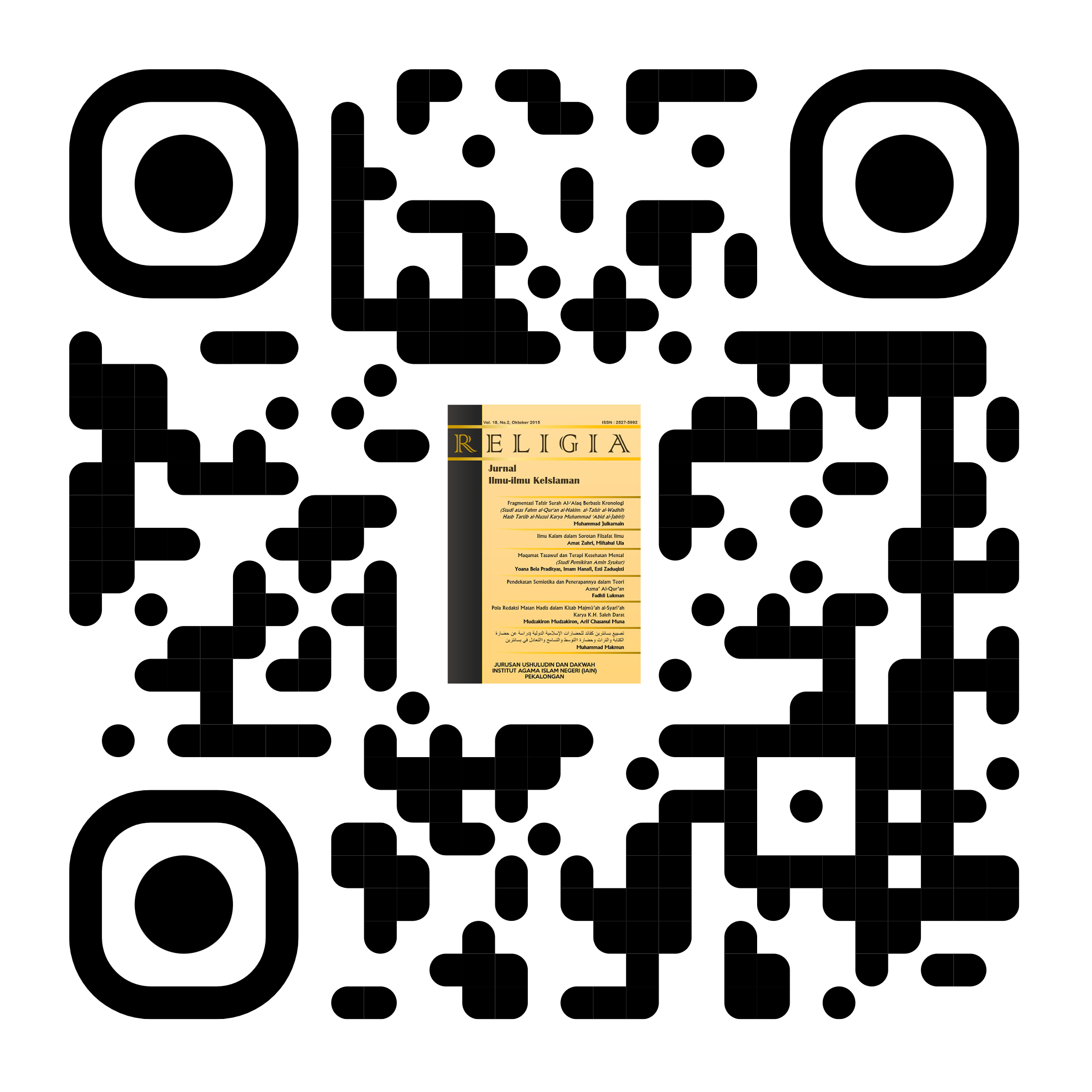Author Guidelines
- The submission stage
- The paper should be submitted by the author via e-mail and online submissiom. The content of the article should not be submitted simultaneously to another journal.
- How to prepare a manuscript
- There is no general limitation of the overall size nor of the number of figures, nor of the level of details considered to be necessary. However, the appropriate length of a manuscript depends on the information presented in the paper. A manuscript should consist of the following content.
- Title
- The title should be simple, concise and informative with only the first word capitalized. A shortened version of the title consisting of a maximum of 100 characters (including spaces) for running headers should also be provided.
- Author(s) name(s) and affiliation(s)
- A list of all authors, as well as corresponding addresses, and e-mail address should be provided. Each address should be preceded by a numerical superscript corresponding to the same superscript after the name of the author concerned. Addresses should contain all information necessary for an effective mail delivery. E-mail should also be provided to speed up communication between readers and authors. This information will be published unless authors request otherwise.
- Abstract
- An abstract should accompany each manuscript; it should be completely self-consistent (i.e., with no figure, table, equation or reference citations), not exceeding 250 words and written as a single paragraph.
- Main body of the paper
- The body of paper must range between 6000-7500 words, written in Gouldy Old Style. It could be divided into sections. Sections should be bold. Subsections should be italic.
- Whichever spelling you choose (British or American English) please be consistent throughout.
- Use hyphens consistently and avoid unnecessary ones.
- The words “section(s)”, “equation(s)”, “figure(s)” and “reference(s)” are abbreviated as “sect(s).”, “fig(s).”, “eq(s).” and “ref(s).” unless they are the first word of a sentence. The word “table” is always written in full.
- Latin expressions, such as, e.g., i.e., et al., versus (vs.) should be set in italic.
- All terms or titles in Arabic should be transliterated with following the Library of Congress guide. Name of person should not be transliterated.
- Quotations, citations, tables, figures, and Bibliography must comply with the APA 7th edition citation style and must use the Mendeley application.
- The proof correction stage
- Once proofs are ready, an e-mail will inform the authors and attache it in pdf format.
- Authors are asked to carefully check the proofs. They should keep in mind that the aim of proofreading is to correct errors that may have occurred during the production. Therefore they should particularly check completeness of text, equation breaks, figures, tables and references.
- Only essential corrections are accepted.
- The author has the final responsibility for the corrections.
- Corrections should be returned within 48 hours and can be sent back either as a detailed list by e-mail (quoting the amendments location with page, columns and line number). Please do not alter the PDF proof file, add annotations or send back an amended manuscript file.
- As soon as the proofs are returned, the paper will be corrected and posted for the on-line publication.
- Religia is an open access journal. Since manuscript submission year 2015, authors should not pay some processing fees (Free Charges) for articles processing and DOI maintenance once their articles has been accepted. Readers can read and download
- Offprint
- Authors will receive the PDF file (with no cover) of their article for free as soon as it is posted for the on-line publication.














